The Washington Sanitary Improvement Company (WSIC) was a late 19th century charitable capitalism experiment that ended in the 1950s. This blog started looking at the homes that were supposed to be sold to African American home buyers, after decades of mainly renting to white tenants.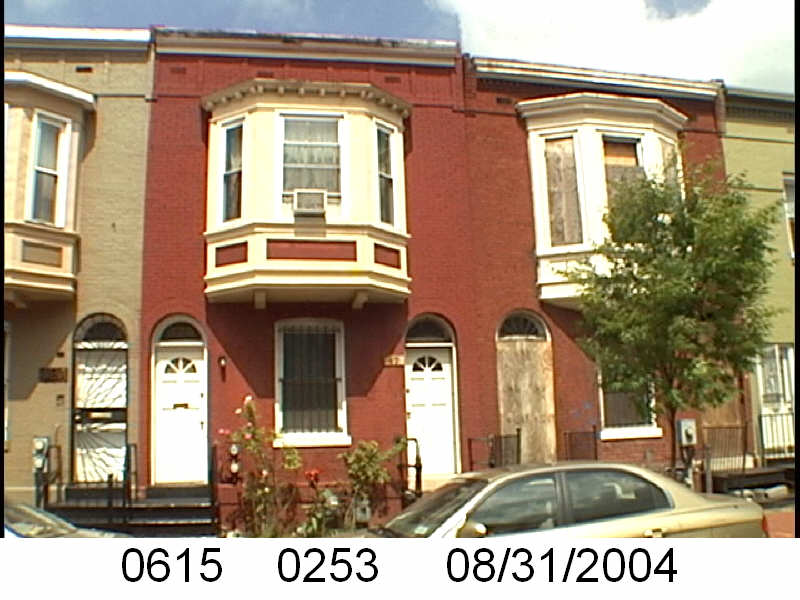
Looking at WSIC properties they tend to have a pattern where the properties were sold to a three business partners, Nathaniel J. Taube, Nathan Levin and James B. Evans as the Colonial Investment Co. for $3 million dollars. Those partners sold to African American buyers. There was usually a foreclosure. Then the property wound up in the hands of George Basiliko and or the DC Redevelopment Land Agency (RLA). Then there were the odd lucky ones who managed to avoid that fate.
Let’s see what happens with 47 Bates St NW:
- December 1950 (recorded Jan 26, 1951) Evans, Levin and Taube sold one-half of 47 Bates NW to Felecia and Isaac Gray.
- December 1950 (recorded Jan 26, 1951) the Grays borrowed $2,900 from Colonial Investment Co. favorite trustees Abraham H. Levin and Robert G. Weightman.
- December 1950 (recorded Jan 26, 1951) Evans, Levin, and Taube sold the other half of 47 Bates St NW to Emma and Wilbert Pittman.
- December 1950 (recorded Jan 26, 1951) the Pittmans borrowed $2,900 from trustees Abraham H. Levin and Robert G. Weightman.
- December 1952 the Pittmans sold their half to Miss Edith E. Matthews and the Pittmans were released from their mortgage.
- May 1953 Ms. Matthews sold her half to Miss Bessie Jones.
- May 1953 Ms. Jones borrowed $3,544.13 from Levin and Weightman.
- August 1954 the Grays lost their home to foreclosure and through an auction the property was returned to Evans, Levin and Taube.
- November 1962, as part of a larger property package, new partner Harry A. Badt, Evan, Taube, Nathan Levin’s survivors and their spouses sold the foreclosed half to Sophia and George Basiliko.
- September 1967, Ms. Jones was released from her mortgage.
- January 1979, George Basiliko sold his half to Karl A. Newman.
- December 1981, the estate of Bessie Jones transferred ownership to themselves and others, Novarna Williams, Mary Magelene Childs, Thema Dukes and Alice Mayo and they then sold the half to Miss Lucille Simms.
- January 1989 Karl A. Newman wound up selling his half back to George Basiliko.
- March 1998 Ms. Simms sold her half to George Basiliko, thus making Basiliko the sole owner of 47 Bates St NW.
Well, that’s a new one. It had a foreclosure but the time from the foreclosure to the eventual sale to Basiliko was several years. I wonder if Colonial Investment Co. also did rentals/property management. Yes, the weird part was that it became Basikikos in the 1980s. Typically, I try to cut these off in the 1970s when the DC Redevelopment Land Agency buys it from Basikikos, which didn’t happen here. But I was curious of when the property fell under one owner and I see Basikikos pop up again. Weird.
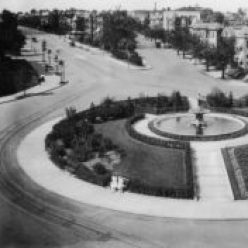
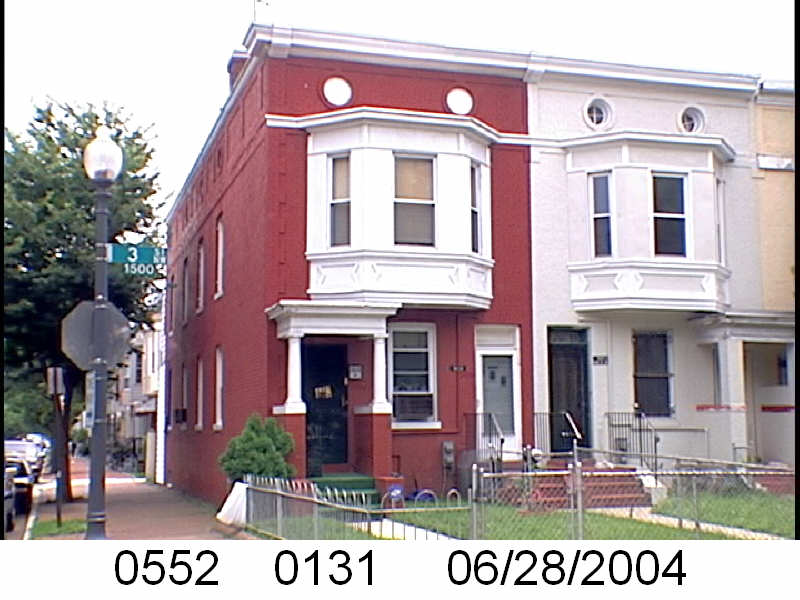
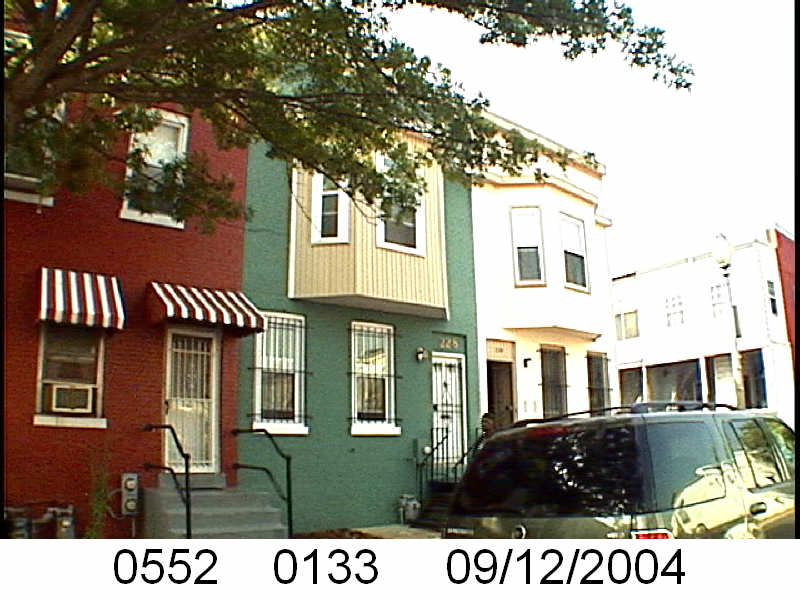
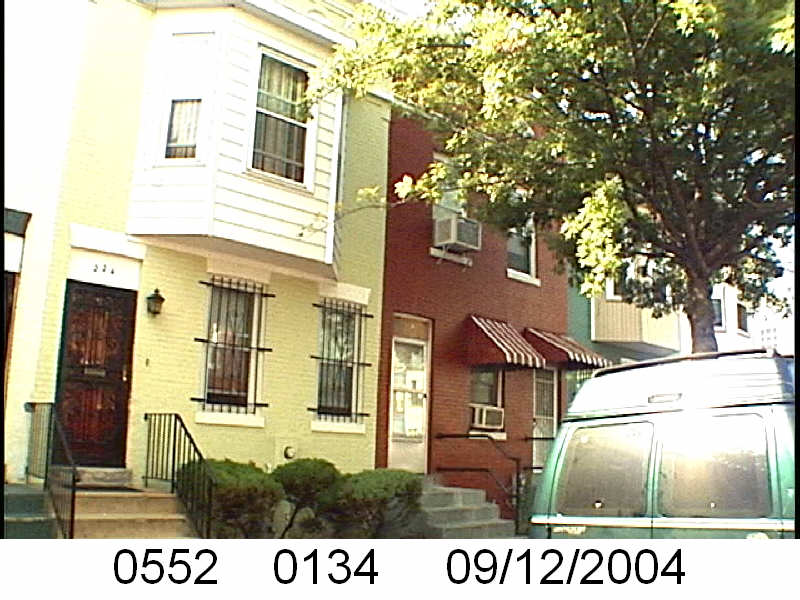
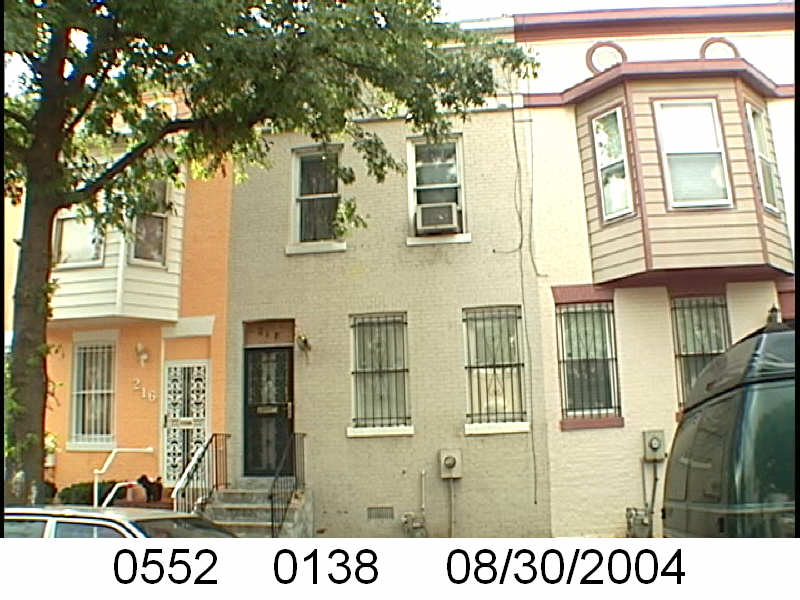
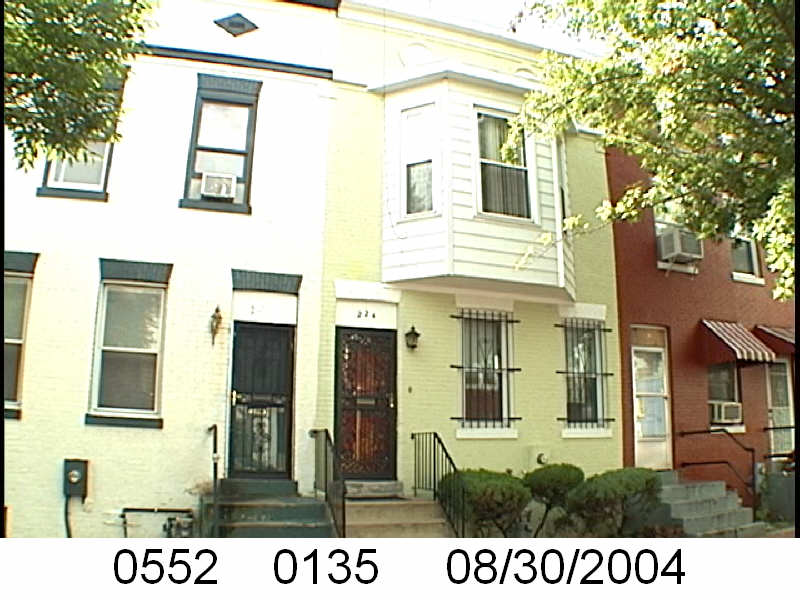
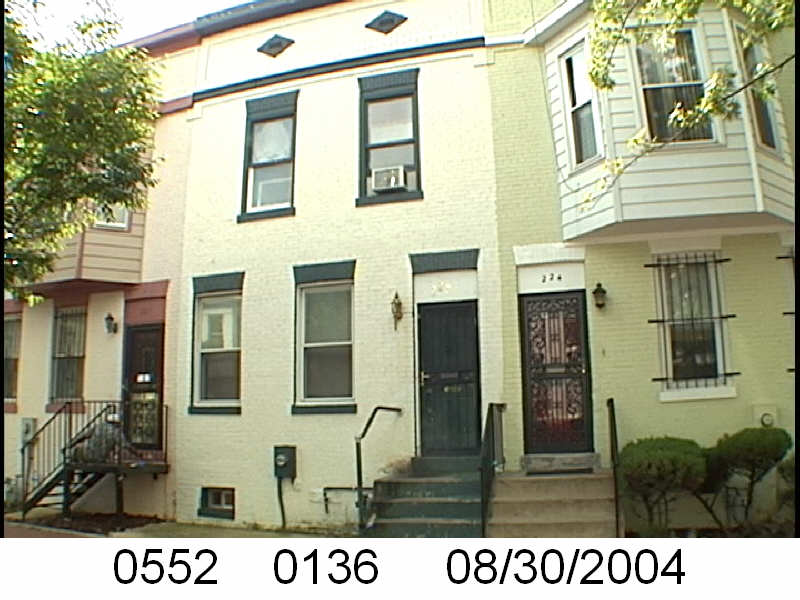
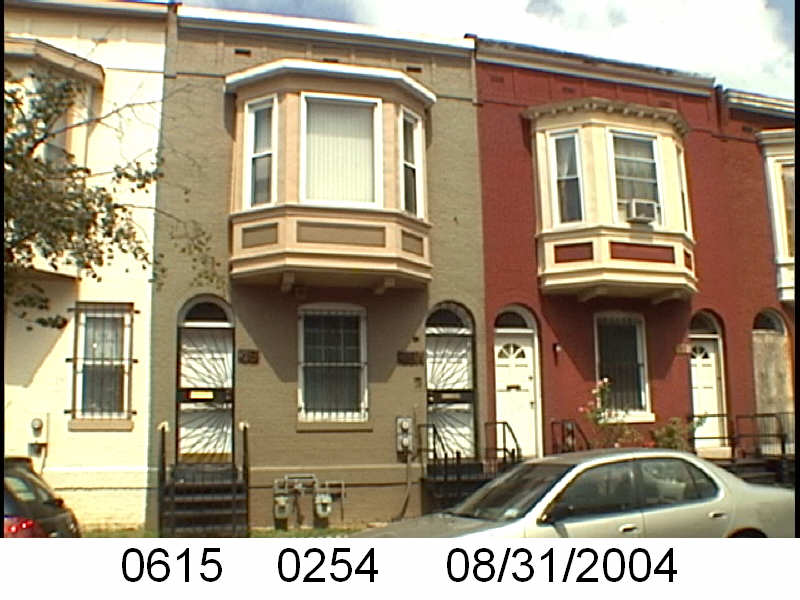
 Let’s see what happens with 220 Bates St NW:
Let’s see what happens with 220 Bates St NW: